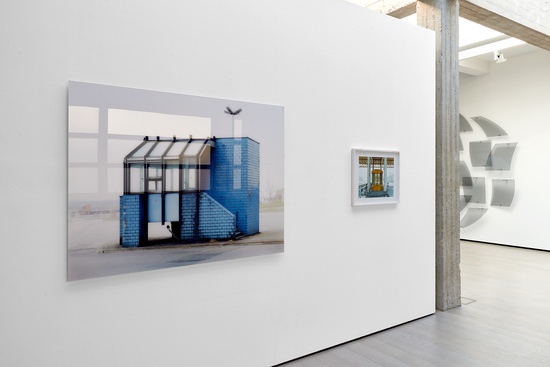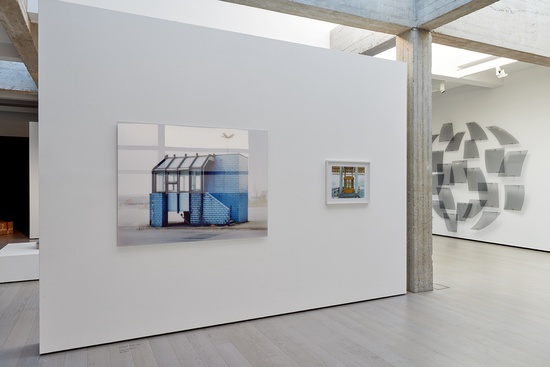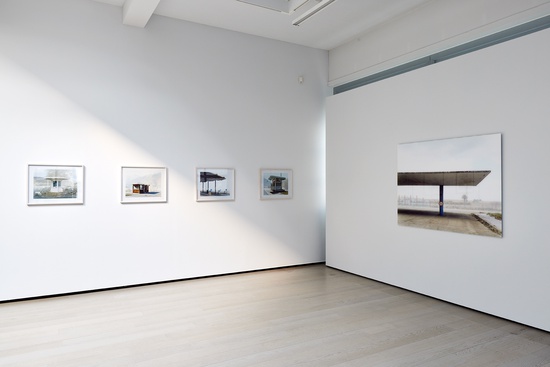Transition
Josef Schulz
(2007)
Not too long ago, frontiers in Europe separated between people, culture, and languages. Borderlines aren’t merely national and physical, they’re also mental and conceptual. They isolate differences and place everything considered indecipherable in its own defined space.
In transition, artist Josef Schulz portrays architectural details of what previously functioned as European border crossings. In these selected images, we see checkpoint structures abandoned, obsolete, and empty of people. In a way, they look almost like commemorative monuments, kept either to remind of bygone times or perhaps just in case of future redivisions.
In working with these documentary-style images, the main subject for modification is the backgrounds. The landscapes thus become unrecognizable, unspecific, and exchangeable. As decontextualized from the projections of their surroundings, these structures are reduced to mere models, thus concentrating the focus on the architectural perceptions and period trends.
Schulz’s interest in physical border-lines emerged from his own experience growing up in Poland, a country whose territory has been constantly redefined throughout history. The work invites viewers not only to remember the past but also to contemplate the establishment, impact, and repercussions of borders and their images for years to come.




